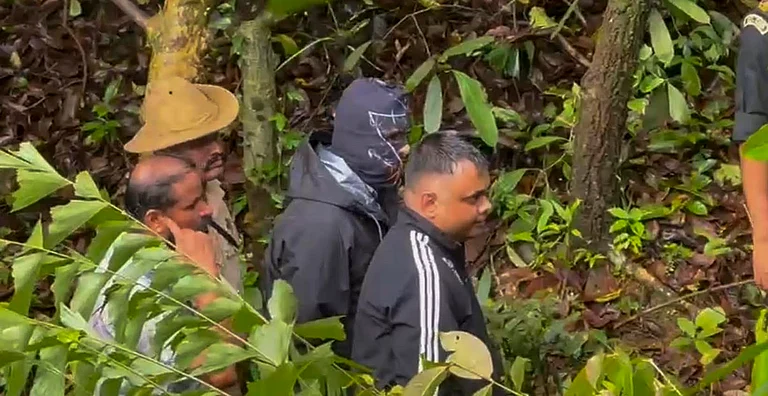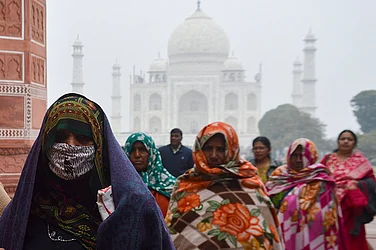
SIT begins GPR-based inspections in Dharmasthala burials case, starting with 13th identified site near Netravati ghat.
Probe follows allegations by a former sanitation worker of forced burials of women and minors between 1995 and 2014.
Skeletal remains have been found at two locations so far; further action to follow survey results.
The Special Investigation Team (SIT) probing allegations of mass burials in Karnataka’s Dharmasthala village has begun using Ground Penetrating Radar (GPR) technology to inspect sites identified by a key complainant.
On Monday, the team, along with GPR specialists, examined the 13th location marked for investigation, near the Netravati bathing ghat. Officials said the survey is aimed at verifying claims made during witness statements, with further steps to depend on the results.
According to PTI, GPR, an electromagnetic technique that sends radio wave pulses into the ground to detect subsurface structures, is being deployed as part of the SIT’s wider probe into accusations of mass murder, rape, and burials in the area over the past two decades.
The allegations came from a former sanitation worker, whose identity remains undisclosed, claiming he was forced to bury multiple bodies, including women and minors, while working in Dharmasthala between 1995 and 2014. He alleged that some bodies bore signs of sexual assault, and has recorded his testimony before a magistrate. Skeletal remains have been recovered at two sites so far.
The state government set up the SIT following growing public and political pressure after the allegations surfaced. The case has drawn attention due to Dharmasthala’s prominence as a religious and cultural centre in Karnataka.



























